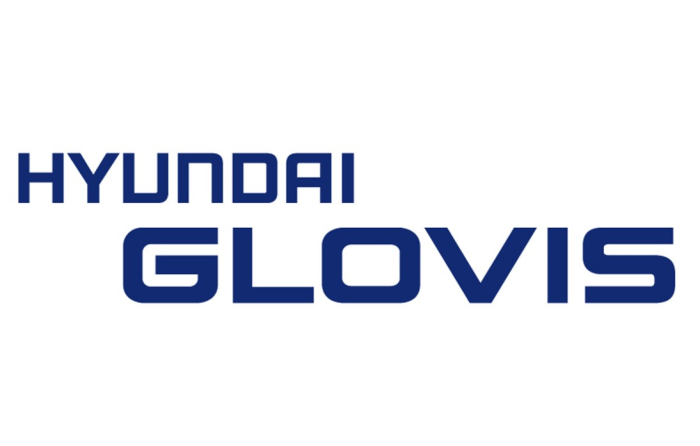Logistics
Hyundai Glovis, Changjiu team up to boost China-Europe rail transport
By Mar 03, 2021 (Gmt+09:00)
1
Min read
Most Read
Samsung shifts to emergency mode with 6-day work week for executives


CJ CheilJedang to sell feed, livestock unit for $1.4 bn


Samsung Electronics' key M&A man returns; big deals in the offing


Affinity to buy SK Rent-a-Car at $572 mn, more deals expected


Keppel REIT to sell Seoul-based prime office T Tower



South Korea-based Hyundai Glovis Co. has teamed up with ChinaŌĆÖs largest automotive logistics firm, Changjiu Group, to foster rail transport operations between China and Europe, according to the company on Mar. 3.
The Korean company will sell a 30% stake in its Poland-based subsidiary Adampol, which runs a train terminal equipped with a transshipment point in Malaszewicze, located near the eastern border of Poland.
The partnership would enable Hyundai Glovis to create strong synergy with Changjiu, which has a firm grip over large amounts of cargo transported on the Trans China Railway (TCR). Changjiu ships around 4,100 forty-foot equivalent unit (FEU) worth of cargo annually via a block train that travels from China across Russia to various regions in Europe.
The Chinese firm would save costs if it uses AdampolŌĆÖs transshipment system considering the different railroad gauges for each region; trains that depart from China need to transship in Russia and then move the cargo again when it enters Europe.┬Ā
China and Europe use the standard 1,435-millimeter railroad gauge while Russia uses 1,520 millimeters.
The two companies plan to establish a rail logistics service called Euro China Train (ECT) to transport cargo, including finished cars and premium vehicles, from ChinaŌĆÖs inland cities to all parts of Europe.┬Ā
Another development will be a rail logistics track that directly connects to Gdansk, a port city in northern Poland, in a move to reduce transportation time by joining rail logistics with port logistics.
ŌĆ£Trains have emerged as an alternative for Europe-bound logistics due to a drastic surge in global shipping freight amid the COVID-19 crisis,ŌĆØ said a Hyundai Glovis official. ŌĆ£We plan to tackle the global market by offering rail transport service between China and Europe,ŌĆØ the official said.
Just a year ago, it required around $800 to $2,500 to transport a single 40-foot container from China to Europe, but now it costs almost double that amount, industry watchers say.
Write to Byung-wook Do at dodo@hankyung.com
Danbee Lee edited this article.
More to Read
-
 Logistics centerHyundai Glovis, Ulsan Port Authority to build logistics center in Ho Chi Minh City
Logistics centerHyundai Glovis, Ulsan Port Authority to build logistics center in Ho Chi Minh CityJan 14, 2021 (Gmt+09:00)
1 Min read -
 Brokerage firms at odds on Hyundai Glovis outlook
Brokerage firms at odds on Hyundai Glovis outlookOct 26, 2020 (Gmt+09:00)
3 Min read -
 Hyundai Glovis, Hyundai Motor, LG Chem get nod on EV battery recycling
Hyundai Glovis, Hyundai Motor, LG Chem get nod on EV battery recyclingOct 20, 2020 (Gmt+09:00)
1 Min read
Comment 0
LOG IN


